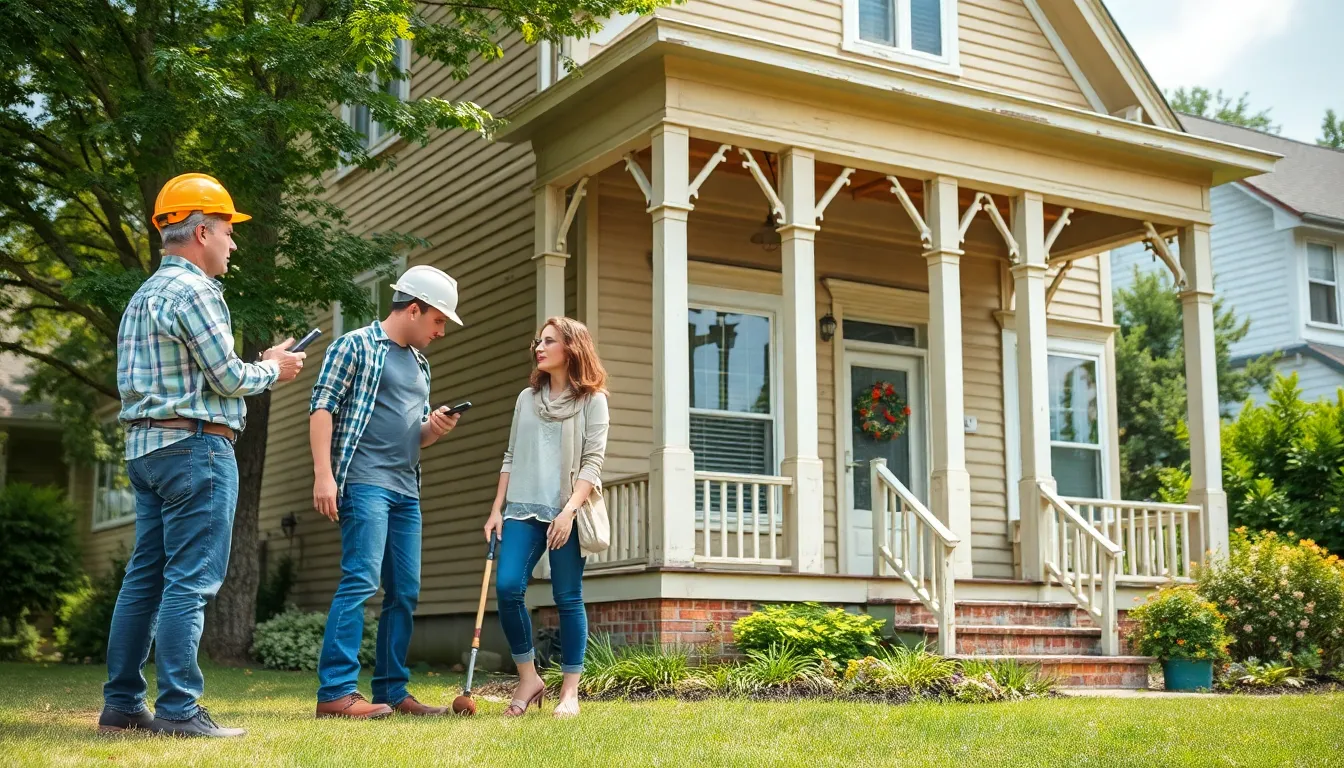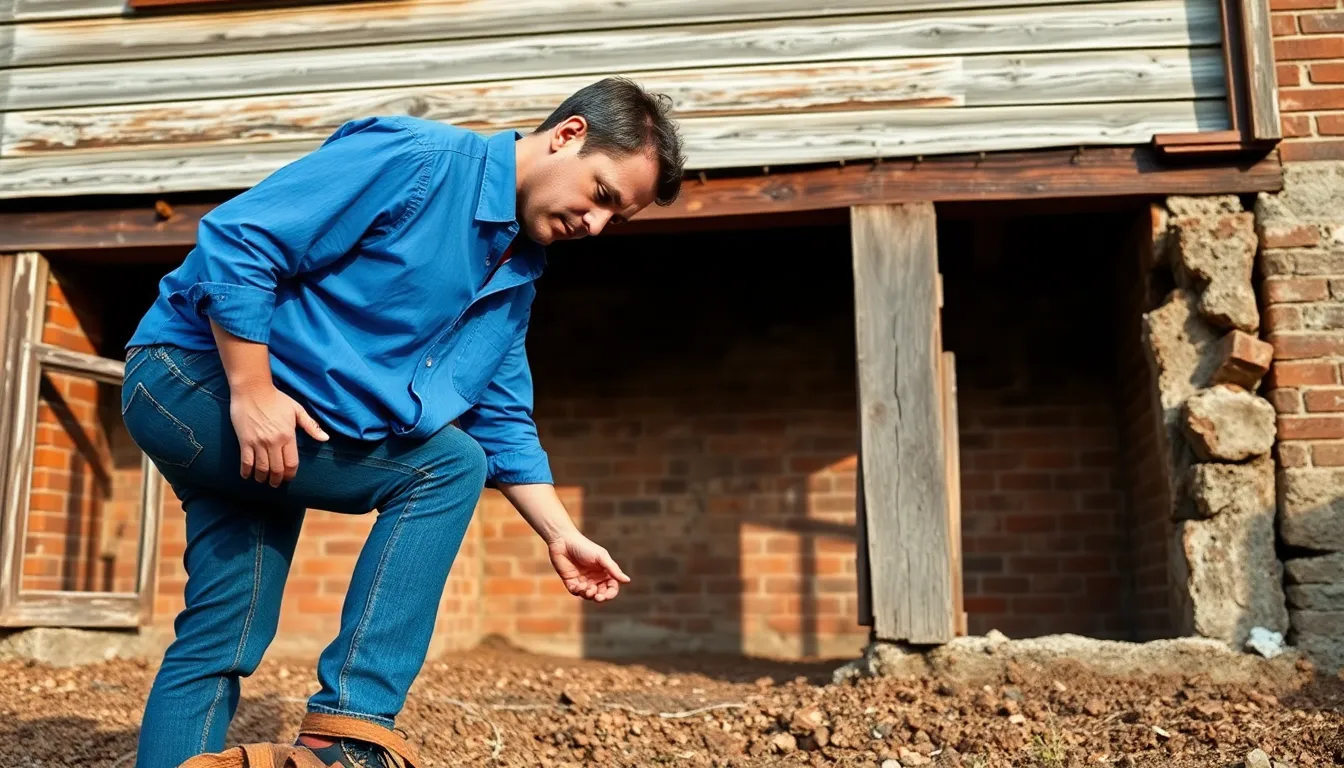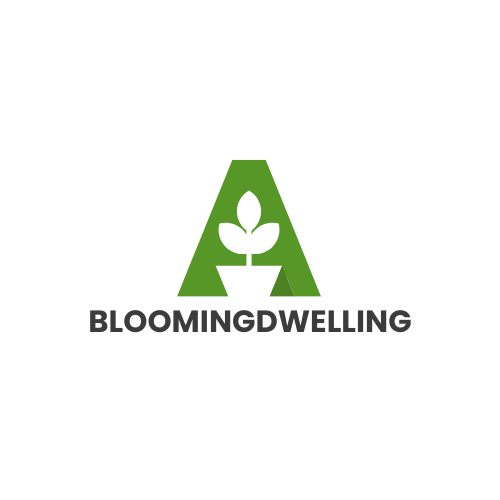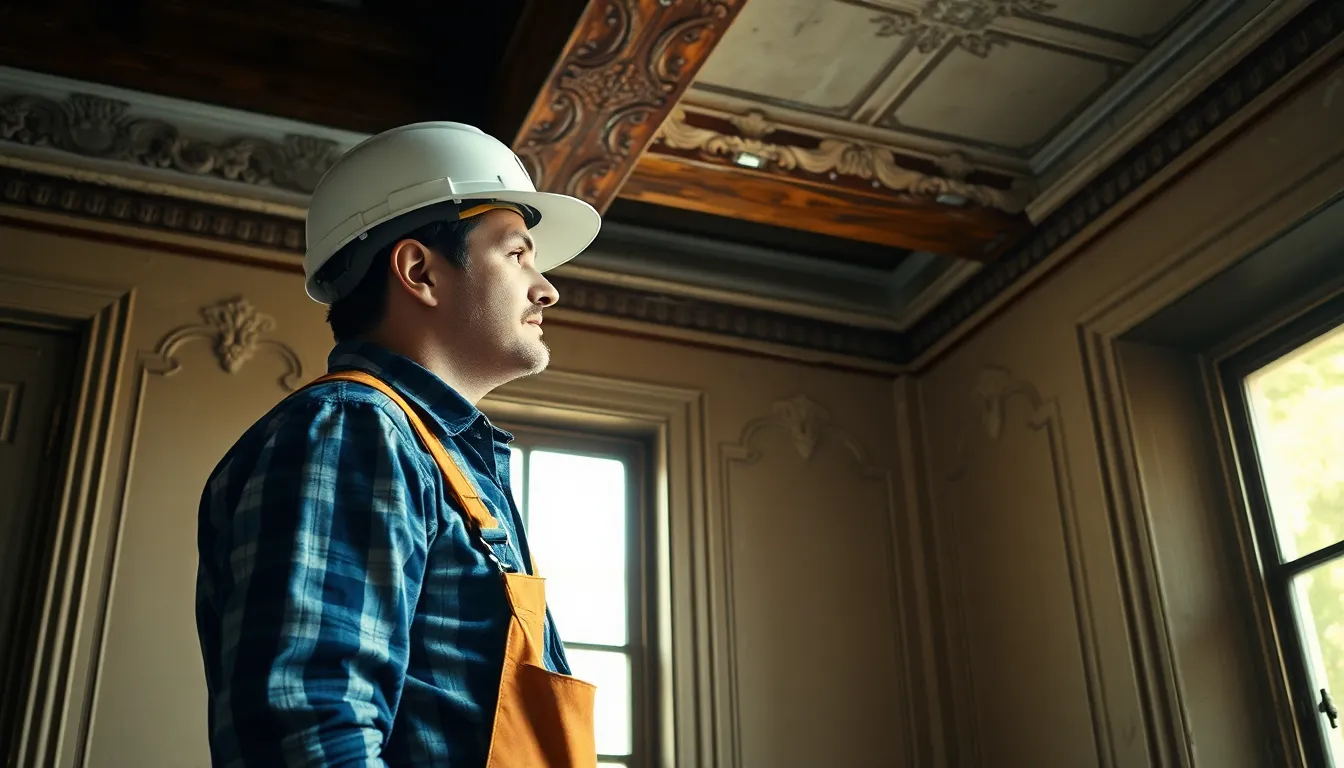Old homes have a charm that’s hard to resist, but let’s face it—sometimes that charm comes with a side of creaky floors and questionable plumbing. Renovating an old home isn’t just about slapping on a fresh coat of paint; it’s an adventure that can turn a time-worn treasure into a modern masterpiece. Imagine transforming that quirky 1920s bathroom with the floral wallpaper into a sleek spa retreat. Sounds tempting, right?
Old Home Renovation
Renovating an old home involves a deep appreciation for its historical value and unique character. This process requires careful thought and planning to blend the past with modern comforts.
Significance of Preserving History
Preserving history through old home renovation honors craftsmanship and design from previous eras. Older homes embody stories and traditions that contribute to a community’s cultural identity. Careful renovations maintain original features like moldings, staircases, and windows, enhancing the home’s character. Choosing to restore rather than replace offers ecological benefits by reducing waste. Communities often prize homes with historical significance, making them desirable for future generations.
Challenges in Renovating Older Homes
Renovating older homes often presents various challenges that require experienced professionals. Structural issues may arise from long-term wear or previous alterations. Outdated electrical systems and plumbing often necessitate complete overhauls to meet current standards. Navigating local building codes can become complex, especially for designated historical properties. Additionally, finding authentic materials for repairs can be difficult and time-consuming. Understanding these challenges helps manage expectations and create a successful renovation.
Planning Your Renovation

Planning a renovation requires careful consideration and a structured approach. Key elements include assessing the home’s condition and creating a realistic budget.
Assessing the Condition of Your Home
Begin by conducting a thorough inspection of the house. Look for signs of structural damage such as cracks in the foundation or roof leaks. Inspect plumbing systems, electrical wiring, and insulation for compliance with current standards. Understand the historical elements that enhance the property’s character. Engage professionals, such as home inspectors or contractors, to provide insights into necessary repairs or upgrades. These experts can identify potential hazards and recommend suitable solutions. Prioritize essential repairs that address safety and functionality.
Budgeting for Renovation Costs
Establishing a budget involves calculating potential expenses associated with the renovation. Itemize costs for materials, labor, permits, and unexpected delays. Research average prices in the region for specific projects to create a more accurate budget. Allocate funds for contingency expenses, ideally 10% to 20% of the total budget. Keep in mind the balance between preserving charm and incorporating modern amenities. Assess financing options, including loans or grants, to support the renovation. Track expenses throughout the project to avoid overspending and ensure financial viability.

Key Renovation Ideas
Renovating an old home involves enhancing its unique character while modernizing functionalities. The right ideas can breathe new life into historic spaces.
Restoring Original Features
Restoration emphasizes the beauty of original architecture. Homeowners often prioritize salvaging unique moldings and hardwood floors. These elements contribute to a home’s historical charm and authenticity. Windows can receive new life with proper repair techniques. By restoring original features, individuals maintain the home’s character while improving energy efficiency. Attention to detail during restoration often reveals craftsmanship that modern designs struggle to replicate.
Modern Upgrades That Enhance Value
Modern upgrades elevate the overall functionality without sacrificing charm. Installing energy-efficient windows significantly reduces heating and cooling costs. Updating plumbing and electrical systems ensures safety and facilitates contemporary living. Kitchens can become the heart of the home with smart appliances and open layouts. By integrating technology into renovations, homeowners increase property appeal and long-term value. Smart home features, like security systems and lighting controls, provide additional convenience while attracting potential buyers.
Common Mistakes to Avoid
Renovating an old home involves various complexities. Recognizing and avoiding common mistakes can lead to a smoother process and a more successful outcome.
Ignoring Structural Issues
Addressing structural issues early in the renovation process is crucial. Overlooking problems like foundation cracks or unstable walls can escalate into costly repairs. Inspections by professionals can uncover hidden issues before they become major headaches. Prioritizing structural integrity ensures that renovations meet safety standards. Delaying necessary repairs may jeopardize both safety and investment, so digging deep into structural assessments pays off.
Underestimating Permits and Regulations
Navigating local permits and regulations is essential during renovations. Many homeowners underestimate the importance of securing the right permits, leading to potential fines or delays. Researching local codes prevents costly setbacks. Ensuring compliance with building codes protects homeowners from future liability. Engaging professionals who understand the legal landscape can expedite the process. Keeping documentation organized helps manage all aspects of compliance effectively.

